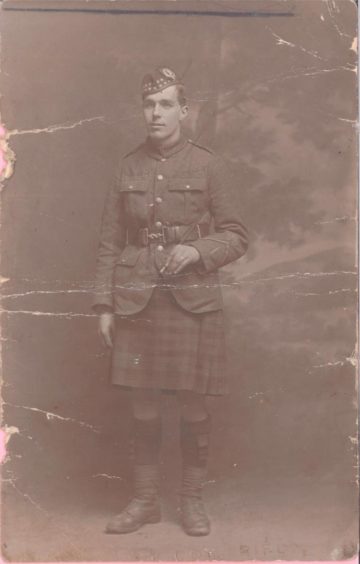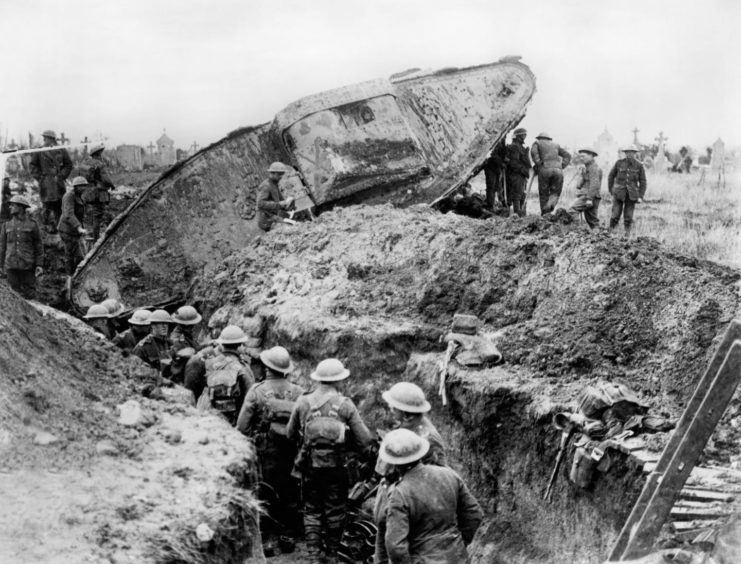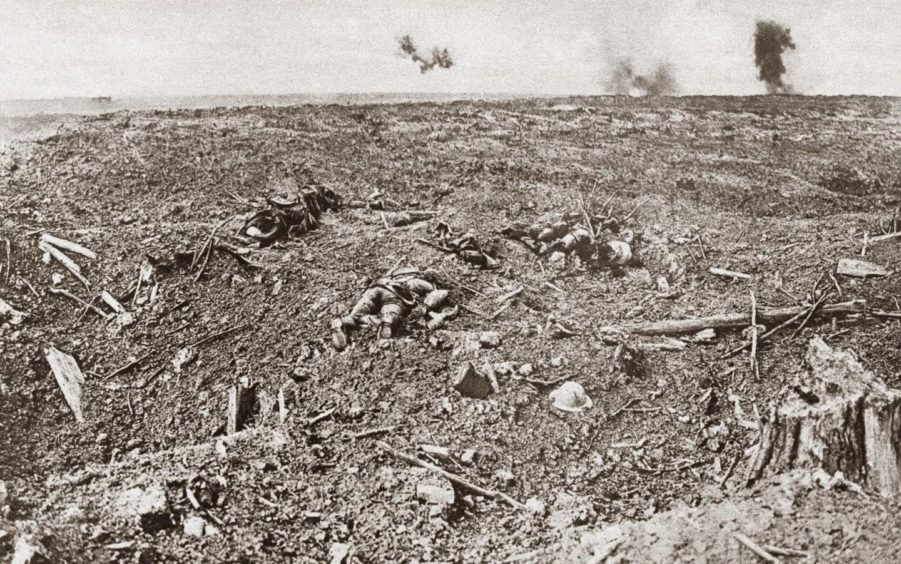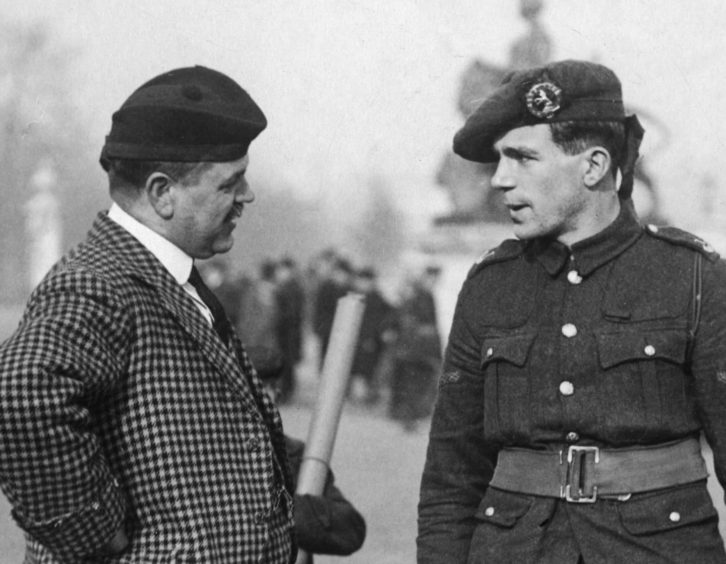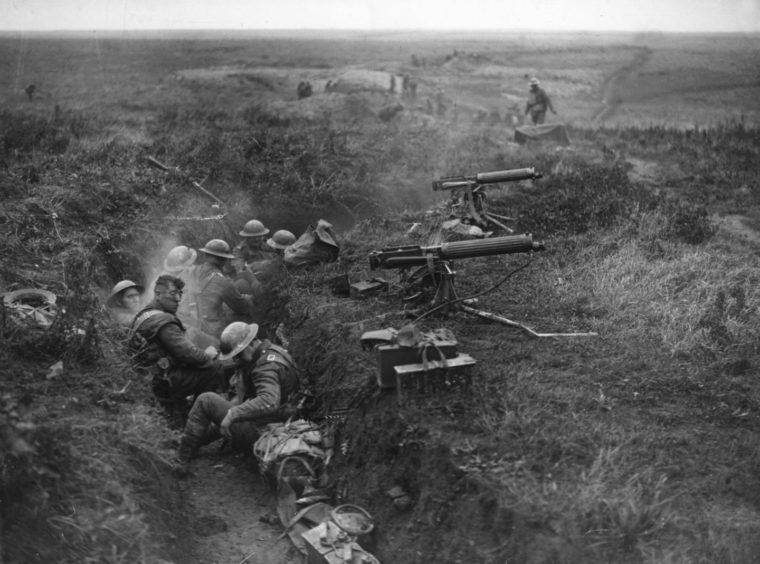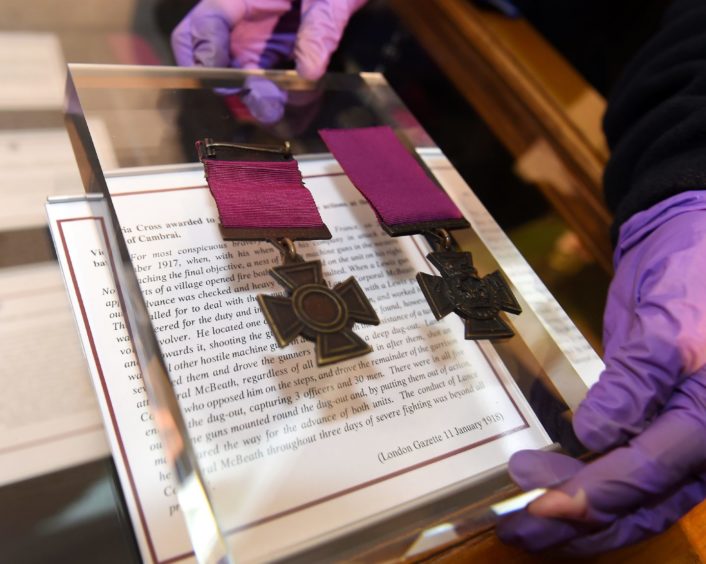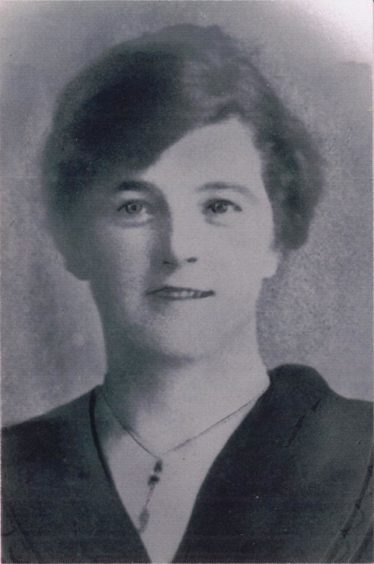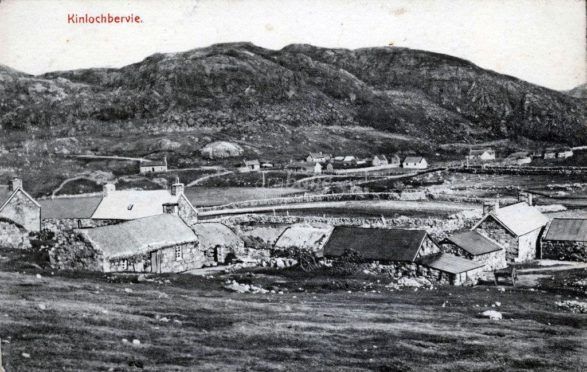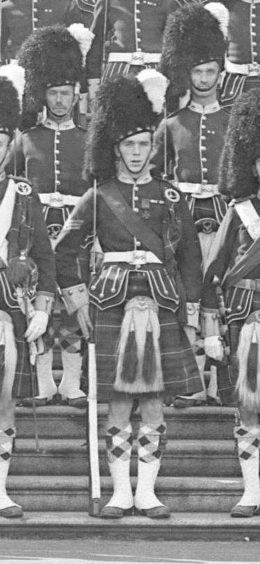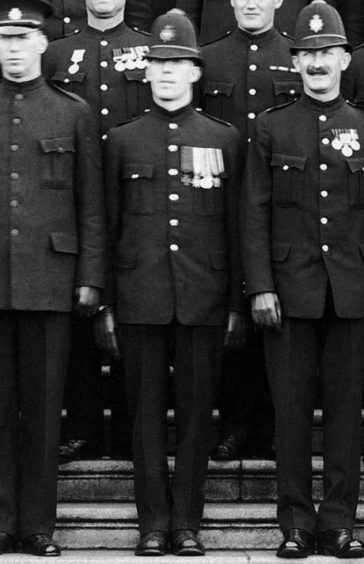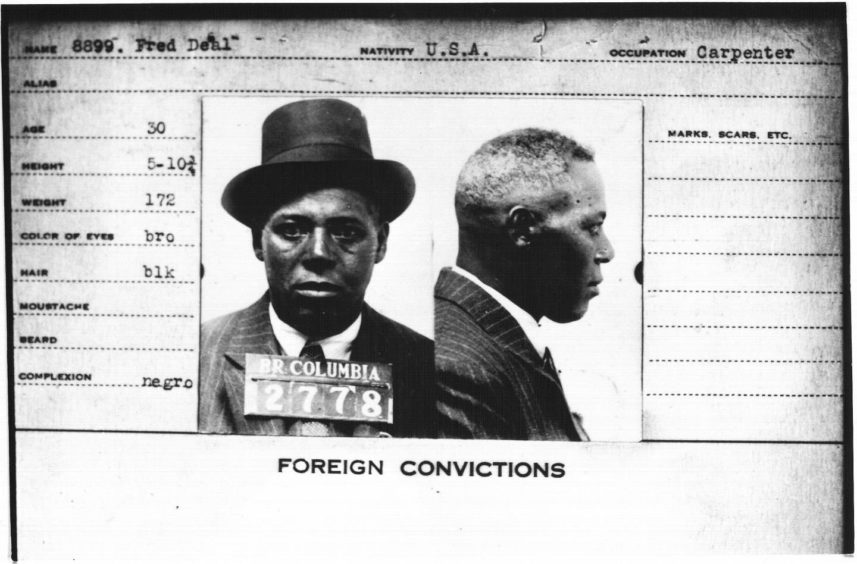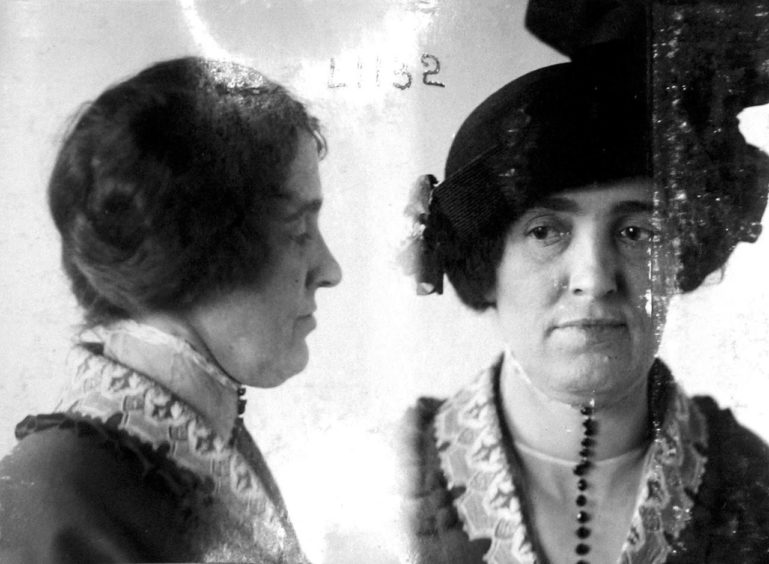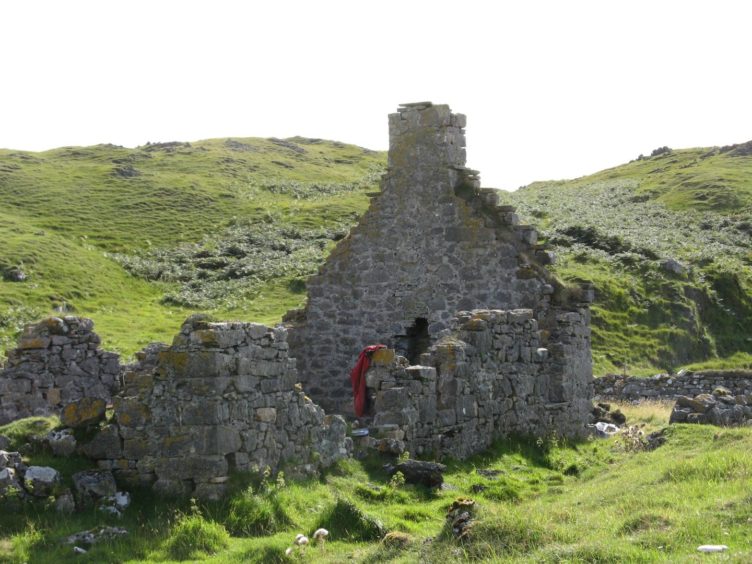It’s November 20 1917 and the Battle of Cambrai has begun.
The idea is to take Cambrai in Northern France and cut off supplies to the German defence lines.
All hell has broken loose and the casualties are mounting.
For 1/5 Seaforth Highlanders, the mission is to capture the village of Ribecourt.
Lance Corporal Robert McBeath’s company has encountered a barrage of enemy machine gun fire, and his patrol is answering a call for volunteers to deal with it.
Picture the 19-year-old Seaforth Highlander armed with a Lewis gun and a revolver breaking away from the patrol.
Off he goes, alone albeit supported by a tank, and twists and weaves his way towards the source of the enemy fire.
He shoots one of five machine gunners, and with the tank following, attacks the rest, driving them to ground in their deep dug-out.
He then rushes in after them, flushes them out to a waiting British tank, and captures three officers and thirty men.
All in a day’s work for the young Kinlochbervie shepherd who had lied about his age to sign up in 1914.
There would be more than 10,000 casualties in the Battle of Cambrai, 49,000 wounded and almost 17,000 missing or prisoners of war.
McBeath’s actions were pivotal in the capture of Ribecourt, and earned him a Victoria Cross.
His citation simply notes: “The conduct of L/Cpl. McBeath throughout three days of severe fighting was beyond praise.”
Not only was McBeath the youngest Scottish Victoria Cross recipient during the First World War, he was the only one from Sutherland.
He would go on to exhibit conspicuous bravery again on civvy street four years later – but that time it would be fatal.
McBeath and his pal Alex MacDonald from Scourie had joined up as soon as war broke out, travelling to Golspie and enlisting with the 5th battalion of the Seaforth Highlanders, McBeath claiming to be 19 instead of his true age, 16.
They saw action in France a year later; and in November 1916 McBeath was wounded in the Battle of Ancre Heights, part of the Battle of the Somme.
Four months later he was back on the Western Front, promoted to Lance Corporal.
After the announcement of his VC in January 1918, McBeath was given extended leave and eventually released from the military in 1919.
Hero’s homecoming
Meanwhile his achievements were not lost on the folks back home, and thanks to research by staff at Kinlochbervie High school, we now know a lot about what happened to McBeath on his hero’s return home.
Paula Macleod and Margaret Meek led a project to preserve McBeath’s memory in a booklet ‘A Sutherland Man/ Fear à Cataich’.
They found out that two Golspie women, Jean MacDonald of the Sutherland Arms Hotel and Helen Macaulay of Bank House, started a campaign to raise funds to honour McBeath.
“They argued that ‘such bravery should not be allowed to pass into the region of memory only, without suitable recognition of his indomitable pluck and disregard of personal danger, which resulted single-handed in the breaking up of a particularly strong and dangerous enemy post, and the capture of 3 enemy officers and 30 men besides numerous guns.”
They managed to raise £367 in war bonds and a gold watch to be presented to the local hero when he finally made it home on February 12 1918.
The sum of £60 was also raised by the Lairg parish of Eddrachilles, of which £10 was used to buy a magnificent silver tea service to commemorate his marriage in Edinburgh on February 19 to childhood sweetheart Barbara MacKay of Drumnaguie, Kinlochbervie and Badcall, Scourie.
The weather stepped in and snow stopped him getting past Lairg, so he headed to Golspie where Jean MacDonald and Helen Macaulay made sure he had a hero’s welcome.
He visited Golspie High School and the offices of the Northern Times.
Their subsequent article, Always a Daring Spirit, gives an insight into McBeath’s character.
“Those who knew the VC intimately say that the daring deeds that gained for him the VC are just in keeping with the daring spirit he has shown all his life.
“Bob, as he is familiarly called by his intimates, was up to all sorts of pranks in his young days.
“He was the leader in every ploy.”
Fearless daredevil
Margaret Meek recalls a story she heard about Bob McBeath: “When asked why he did what he did to win the VC, he said something like only a fool such as himself would have been so reckless.
“We think he was a fearless daredevil, quite the wild child.”
Margaret and Paula have extensively researched McBeath’s background to find that he was born in Fraserburgh to Williamina Shepherd in 1897.
She was separated from her husband, and Robert was sent to live with an unmarried friend and fellow herring girl, Barbara MacKenzie in Kinlochbervie.
Robert grew up speaking Gaelic, and considered ‘KLB’ his home.
He grew up in Dog Street and later moved to Burnside, attending Badcall Inchard School until he was around 13.
After that it was farm work at Duartbeg Farm, near Scourie, where he made friends with Alexander MacDonald, with whom he joined up in 1914.
After the war, the McBeaths moved to Vancouver, initially to take on a holding in one of the Duke of Sutherland’s lands in Alberta.
They sailed from Liverpool aboard the SS Corinthian on August 8 1919, giving their ages as 21 and 19, Robert stating he had been a farmer in Scotland and intended to do the same in Canada.
On arrival, he joined the 72nd battalion of the Seaforth Highlanders of Canada.
The farming enterprise didn’t work out and, two years later in 1921, Robert joined the Vancouver police department.
Gunned down by lowlife
In the cruellest twist of fate, the fearless young soldier who took on a machine gun nest in the trenches and won, was to be gunned down by the city’s lowlife in the street just 14 months later.
Margaret and Paula relate the train of events in their booklet.
“Constable McBeath and Detective Richard Quirk were at the corner of Granville and Davie Streets when they noticed a car being driven erratically.
“Quirk stated at the inquest, held the next day, that ‘it was driven in a very erratic manner, zigzagging from one side of the street to the other and the horn was getting sounded as if someone was leaning over it’.
“Thinking the occupants were drunk, McBeath ordered the driver to stop; instead the car turned around and started to speed away.
“McBeath and Quirk jumped on the running boards and the driver stopped a short distance down the block.”
It turned out the driver was 30-year-old Fred Deal, and his passenger Marjorie Earle, a brothel owner well known to the police.
They both appeared drunk.
Robert arrested Deal and started walking him to a nearby police box, but a struggle ensured and Deal opened fire, shooting Robert through the heart.
Deal escaped after a short chase by Quirk, who returned to hail a passing taxi driver to take McBeath to hospital, where he died minutes later.
The post-mortem showed that the bullet had passed through his heart, liver and right kidney. Death was from haemorrhage and shock.
In his short time in Canada, Robert had made a huge impact.
His funeral was one of the biggest ever held in Vancouver at the time, the streets lined with people and a cortege of more than a thousand police, firemen, soldiers, freemasons and members of the public.
Fred Deal was tried in November less than a month after McBeath’s murder.
He claimed that both McBeath and Quirk had beaten him while police witnesses claimed that he had been beaten while in custody.
Deal was sentenced to be hanged but was granted a new trial the following January in light of his claims of brutality and racism.
At the second trial, he was convicted of manslaughter and sentenced to life imprisonment.
He is said to have been a model prisoner and was deported to his native Florida in 1938.
Meanwhile heart-broken and homesick, Barbara returned to Scotland two months later on the SS Metagama.
She remarried in 1924 – to Robert’s old pal Alexander MacDonald from Scourie. They had no children and she died in 1946 aged 47.
Memories of Robert revived
But over the years, the memory of Robert McBeath VC declined in his homeland.
Margaret and Paula relate: “The revival of Robert’s name in his home village of Kinlochbervie came about almost by accident.
“A local resident, on a visit to Canada, happened to read an article about McBeath in a police magazine and brought a copy back.
“Many local people were surprised to discover that a Victoria Cross winner had come from their village.
“Kinlochbervie High School has taken up the challenge to honour Robert McBeath.
“It began in 2006 when the S3 History Class entered Channel 4 Television’s Lost Generation Schools Competition.
“The task was to create a short project about the lost generation who fought in the First World War.
“About 1,000 pupils participated nationwide. The school’s very moving Power Point presentation was the top Scottish entry and in the top 5 in the UK.”
Lasting links forged
This came to the attention of the Vancouver press, and this proved to be the beginning of lasting links between the city and KLB, with Kinlochbervie High pupils visiting Vancouver police department bearing three stones from Robert’s old house to be placed into a cairn they erected in honour of fallen comrades.
The cairn mirrors one built in Robert’s memory by KLB pupils.
In 2009, Vancouver musician, Bruce Coughlan, wrote a song entitled “Robbie McBeath” in which he calls him “the bravest of Sutherland men”.
Now the flags are half-mast in Vancouver City
A sombre procession begins
To honour their Constable Robert McBeath
They’ve gathered in tribute to him
As you walk down the strand at Oldshoremore
As the sun sinks in to the west
Think on the bravest of Sutherland men
And of gallant young Robbie McBeath.
Bruce Coughlan
